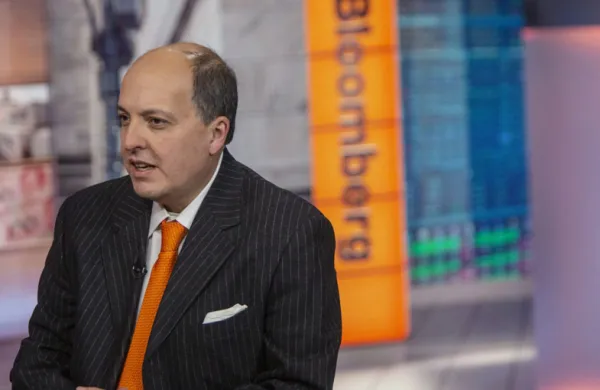Better times are ahead for hedge-fund managers as the gap between strong and weak equities is widening this year.
“Market breadth and dispersion are coming back — so hedge funds too could be coming back,” said Stanley Altshuller, chief research officer at Novus. Dispersion, or the difference between the best and worst performing stocks, has been steadily rising since the beginning of the year, Altshuller said.
This is good news for hedge funds, which have been struggling to see the high returns that earned them a reputation as skillful stock pickers during the 2008 financial crisis. When dispersion increases, active fund managers often perform better, according to Altshuller.
In the equities market, dispersion in the Russell 3000 index has risen to about 0.118 in the twelve months through May, from 0.098 in January, Novus data show. While these changes are small in comparison to years past, Altshuller said they do signal there is more opportunity in the market for hedge funds to generate alpha. The measure was 0.228 at the end of 2008, about three months after the collapse of Lehman Brothers Holdings.
Rising dispersion is good for managers who have been struggling to produce returns amid the low volatility this year, according to Said Haidar, president and chief executive of hedge fund firm Haidar Capital Management.
Low-cost passive index funds have been popular with investors since the crisis as they’ve outperformed many actively managed funds that charge higher fees. Hedge funds saw average net returns of 6.91 percent in five years through March, while the Standard & Poor’s 500 index gained 10.9 percent over the same period, according to financial data provider Preqin.
The other positive sign for hedge funds is that market breadth — or the number of equities driving positive performance in the stock market — is growing, Altshuller noted.
Last year 84 stocks contributed to 50 percent of market gains in the Russell 3000 index, while 32 contributed to 50 percent of the benchmark’s losses, according to Novus. That compares with 37 companies contributing to half the index’s returns in 2015, while 68 were responsible for 50 percent of its losses.
“Market breadth is the opposite of the FAANG phenomenon,” Altshuller said, referring to the S&P 500 returns that have been driven by technology companies Facebook, Amazon, Apple, Netflix and Google’s parent company, Alphabet. “It’s not good for active managers,” he said.
A broader pool of companies driving market performance means more opportunities for hedge funds to make money on a variety of stocks, according to Altshuller.
And while increasing market breadth and dispersion tend to reward hedge fund managers, it “punishes the passive investors,” he said. “I’m looking out for that to increase further.”







